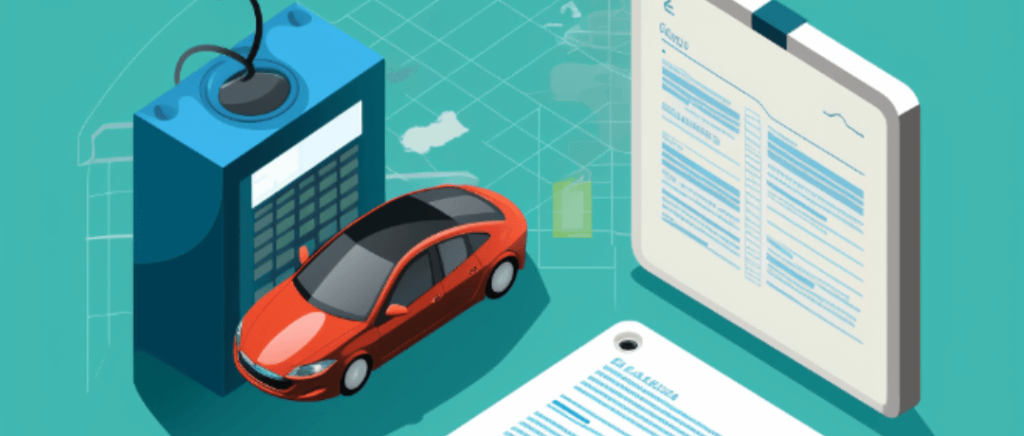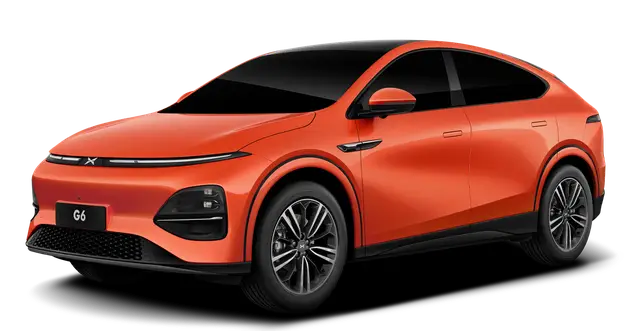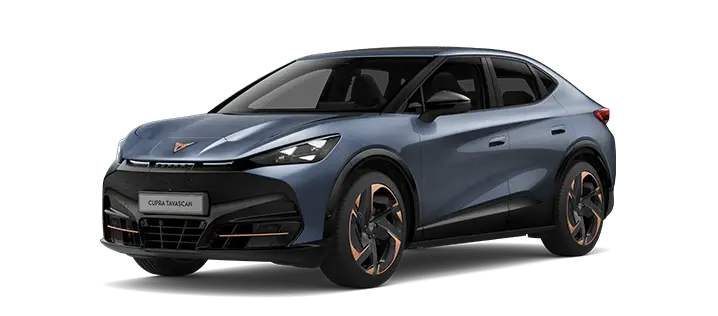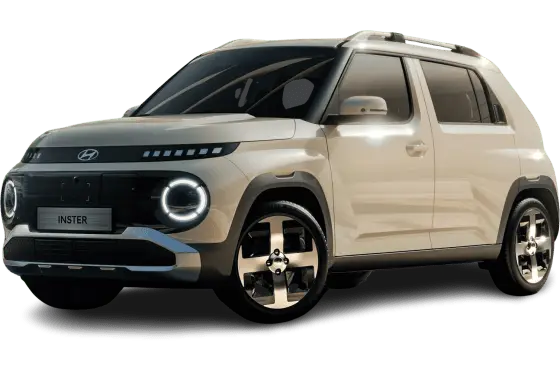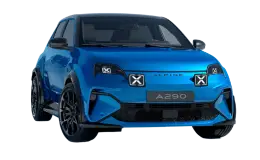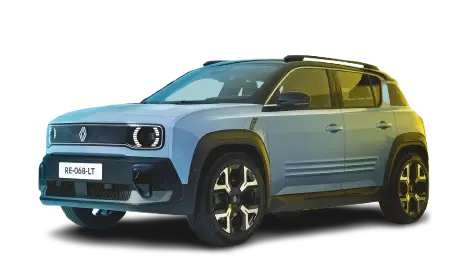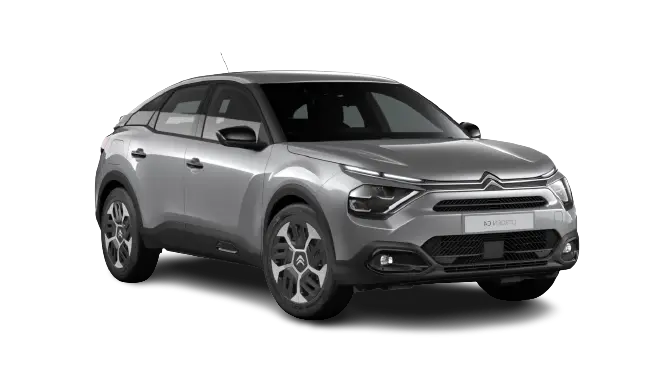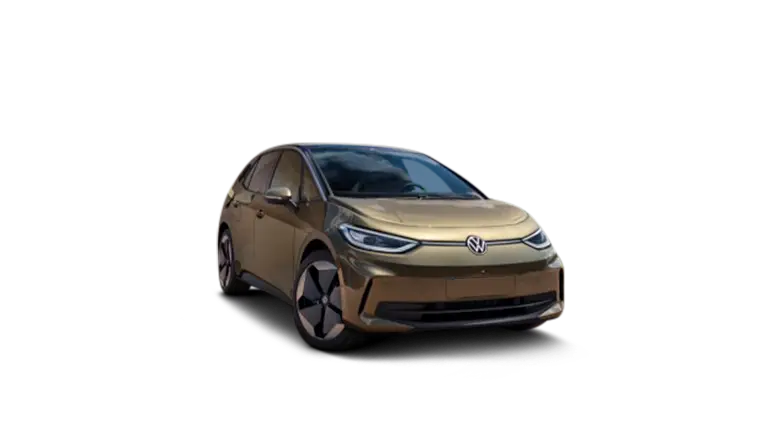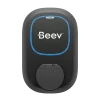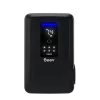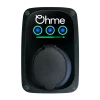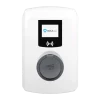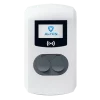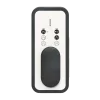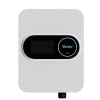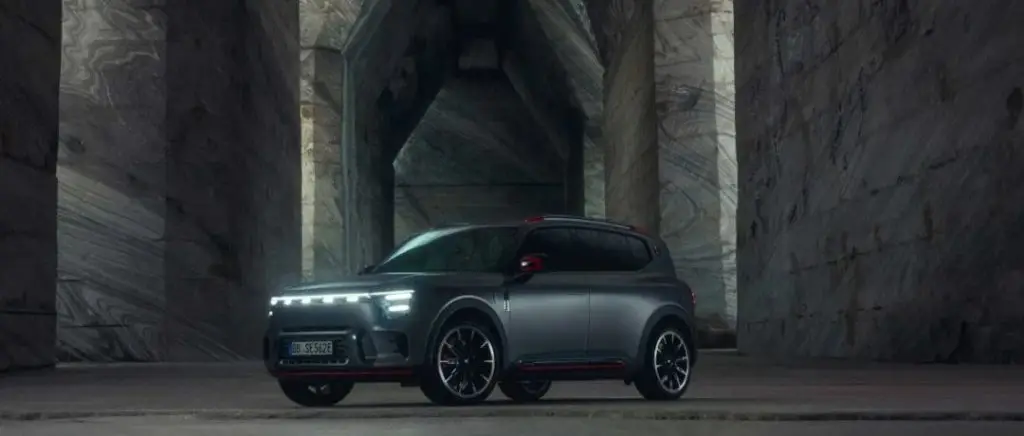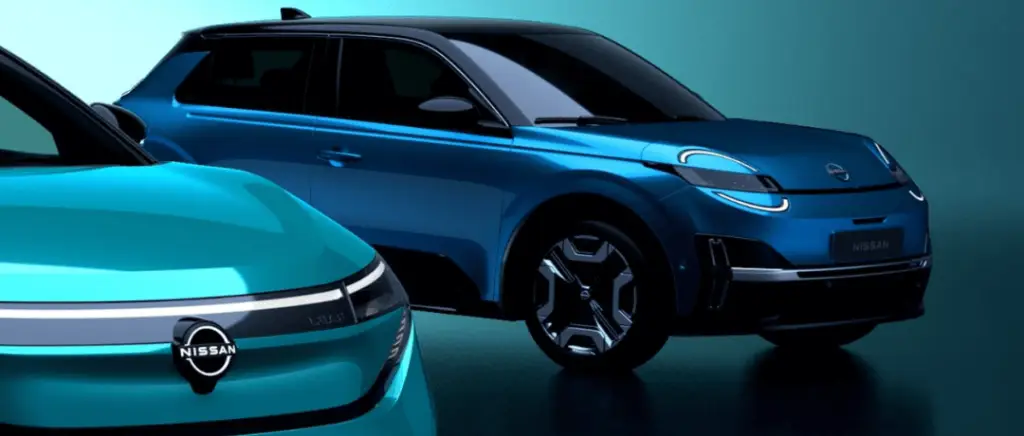Want to go electric?
Beev offers multi-brand 100% electric vehicles at the best prices, as well as recharging solutions.
What is the battery passport?
The GBA, a a platform bringing together around a hundred global entities (manufacturers, governments, organizations, companies) envisages that the passport in question will take the form of a QR code installed directly on batteries with a capacity greater than 2 kWh.
In fact, the emergence of this system is the result of a European initiative. From 1ᵉʳ July 2024, car manufacturers will have to disclose details about batteries, including their carbon footprint. On this subject, the French are the vanguard of this carbon neutrality.
Indeed, as part of the "green industry" plan presented by Emmanuel Macron in May 2023, France is set to become the 1ᵉʳ European country to reform these criteria in question, placing greater emphasis on vehicles' carbon footprints. And it's done.
In France, the new ecological bonus 2024 was introduced on December 15, 2023, demonstrating this commitment to cleaner vehicles in the country. From now on, a new electric vehicle must achieve a minimum environmental score based on several factors, namely:
- Materials used Impact assessment of steel, aluminum and other metals used in manufacturing.
- CO2 emissions: Taking into account emissions linked to the energy used for transformations, vehicle assembly and battery production.
- Vehicle delivery Analysis of the means of transport used to deliver the vehicle in France.
- Additional factors Inclusion of recycled and bio-based materials, as well as battery repairability.


To find out more about this ecological bonus, and especially about the vehicles eligible for it, our article on the list of the 53 electric cars concerned might interest you.
In 2026, batteries will have to display their energy performance. In this way, the battery passport will go further, integrating social and ecological aspects for the end consumer.
A dedicated QR code
The above information will therefore be available via a QR code affixed to the battery as of 2026. In short, it would be like a kind of "identity card", because what better way than the battery passport to achieve this goal?
This QR code would direct the consumer to a platform containing the passport data. The code in question would have to be printed or engraved visibly, and have dimensions readable by most readers. It must either :
- be indelibly marked on each battery
- or be affixed to the packaging or accompanying documents.
The battery passport and QR code will only be valid until the battery is recycled, following its life cycle.
The Global Battery Alliance has also put on display on its website example models from member manufacturers such as Tesla.
Indeed, this tool is proving particularly interesting, especially with the active participation over the last 3 years of alliance members, including Volkswagen, BMW, Audi, Tesla, CATL, BASF, Umicore and UNICEF, in its validation.
Indeed, the GBA aims to promote transparency within battery value chains. The German government is said to be providing financial support of over 8.2 million euros for this initiative, underlining the usefulness of this passport in facilitating the recycling of raw materials.
What information will it contain?
This new traceability method will provide a more detailed view of the make-up of each battery. It will therefore be possible to discover various technical information such as :
- its assembly,
- the manufacturers involved in creating the cell,
- places and times of production,
- the number of cells per group,
- chemical nature,
- the weight of the battery,
- the proportion of recycled materials in cells and their origin.
For more information on this battery passport, here are a few key dates:
- 2027 = maximum carbon footprint limits will be set to eliminate the most harmful batteries.
- until 2030 = monitor the composition of each battery while respecting a basic formula (as yet undisclosed).
- 2035 = Subject to change from 2035 onwards as knowledge evolves.
What's the real benefit of this battery passport?
This revolutionary document is much more than a mere administrative formality: it opens the door to transparency and sustainability. But what is the real benefit of this passport for electric cars? That's precisely what we're going to find out.
Transparent battery SoH
To guarantee up-to-date battery passport data on the health and lifespan of each associated storage system, from May 2024 the new European battery regulations will require the integration of a BMS (Battery Management System).
In addition to cell balancing for longer life, this device can evaluate the SoC (State Of Charge) and SoH (State Of Health) based on battery voltage and current values.

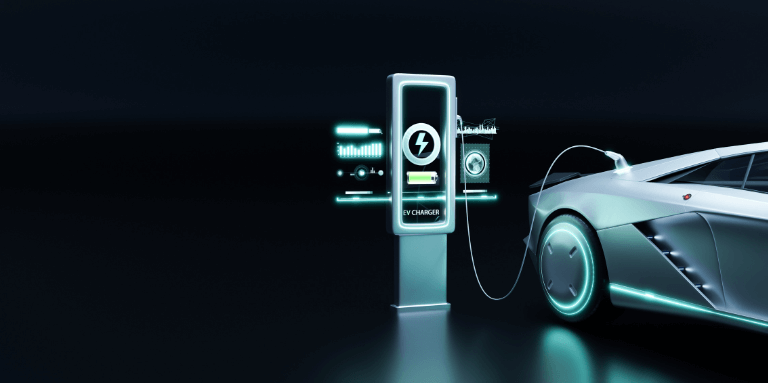
BMS data will have to be accessible to the legal purchaser of the battery, or to third parties, according to the latest indications. It will therefore be necessary to specify which BMS information will be shared, and to clearly define the operational area of access, in order to avoid any risk of security, intellectual property infringement or fraud.
What's more, manufacturers already using management systems for their batteries are likely to benefit from an easy transition thanks to their consolidated technology. Indeed, this will enable them to anticipate the requirements of the European battery regulation.
Highlighting the carbon footprint of batteries
To assess the ecological impact of batteries via LCA (Life Cycle Assessment) and identify options for improvement, European regulations on batteries have introduced standards and methods for measuring their carbon footprint. The latter assessesgreenhouse gas emissions, both direct and indirectemissions along the entire battery value chain.
The lifecycle approach extends the analysis to all stages of the product, as explained above. This approach aims to map all post-production activities in order to assess their impact.
All the players involvedfrom supply chain to quality to battery manufacturer, will have to calculate the product's carbon footprint. This assessment will involve working with an external body to certify the veracity of the data concerning the product's carbon footprint.
Battery recycling and recovery
The aim of the European battery regulation is to support thecircular economy throughout the battery life cycle. It establishes end-of-life guidelines, involving targets and responsibilities for manufacturers to recover materials and used batteries.
From May 2025, batteries will have to display the crossed-out wheeled-bin symbol to indicate that they have been recycled.. This symbol indicates that they should not be thrown away with mixed waste, but collected separately as WEEE at specialized centers.
To mitigate the scarcity of minerals, in particular by restricting their acquisition from deposits in favor of alternative sources, aimed at reducing the CO2 emissions linked to their transport, minimum quotas of recycled minerals are imposed in many batteries.
From May 2028, batteries for industry, electric vehicles and automobiles will require documentation detailing the elements derived from secondary sources.
Conclusion
The battery passport is much more than just a document for electric cars. key to more sustainable and transparent mobility. For drivers, it's the assurance of reliable autonomy and long-lasting performance. For industry experts, it's an essential tool for assessing the energy efficiency and environmental sustainability of batteries.
This technology not only ensures the quality of the batteries, it also also provides information on their environmental impacthelping to build a cleaner energy future. Whether you're an innovation enthusiast or a professional looking to integrate the latest advances, exploring the ins and outs of the battery passport opens the door to a deeper understanding of electromobility.
At Beevwe keep you informed about the innovations and advances that are transforming the automotive industry and contributing to a more sustainable future.
